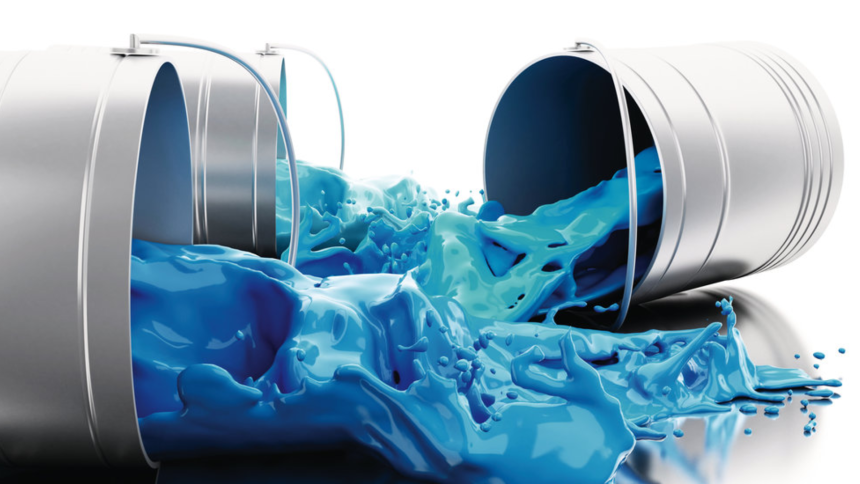Finding the right paint for your car can be tough. Many ask if waterborne paint is worth the switch from traditional solvent-based options. This question matters as paint choices impact our health, the environment, and your vehicle’s look.
I understand this challenge. The good news is that waterborne paint offers a smart solution with fewer harmful chemicals while still looking great on your car.
In this guide, I’ll explain how waterborne paint works, what distinguishes it from solvent-based products, and why it might be a better option for your next car painting project.
You’ll learn about its main benefits, application tips, and what real shops are saying about their results.
What is Waterborne Paint?
Waterborne paint uses water as its main carrier to move pigments and resins to the surface. It’s not 100% water, though. Most formulas contain about 70% water, 20% solids, and 10% solvents.
This mix creates a product that cuts harmful emissions by nearly 90% compared to old-style paints. The result is better air quality in paint shops, lower fire risk, and fewer health concerns for workers who apply it daily.
Why It’s Considered Sustainable?
Waterborne paint has become the go-to option in places with strict air quality rules. The European market adopted it years ago, and California made the switch around 2006. Many car makers now use it on assembly lines for new vehicles.
This shift isn’t just about following rules—it makes sense for business, too. With better coverage power and fewer toxic fumes, paint shops can work more safely while using fewer resources to finish each job.
Achieving a Smooth Finish with Waterborne Paint
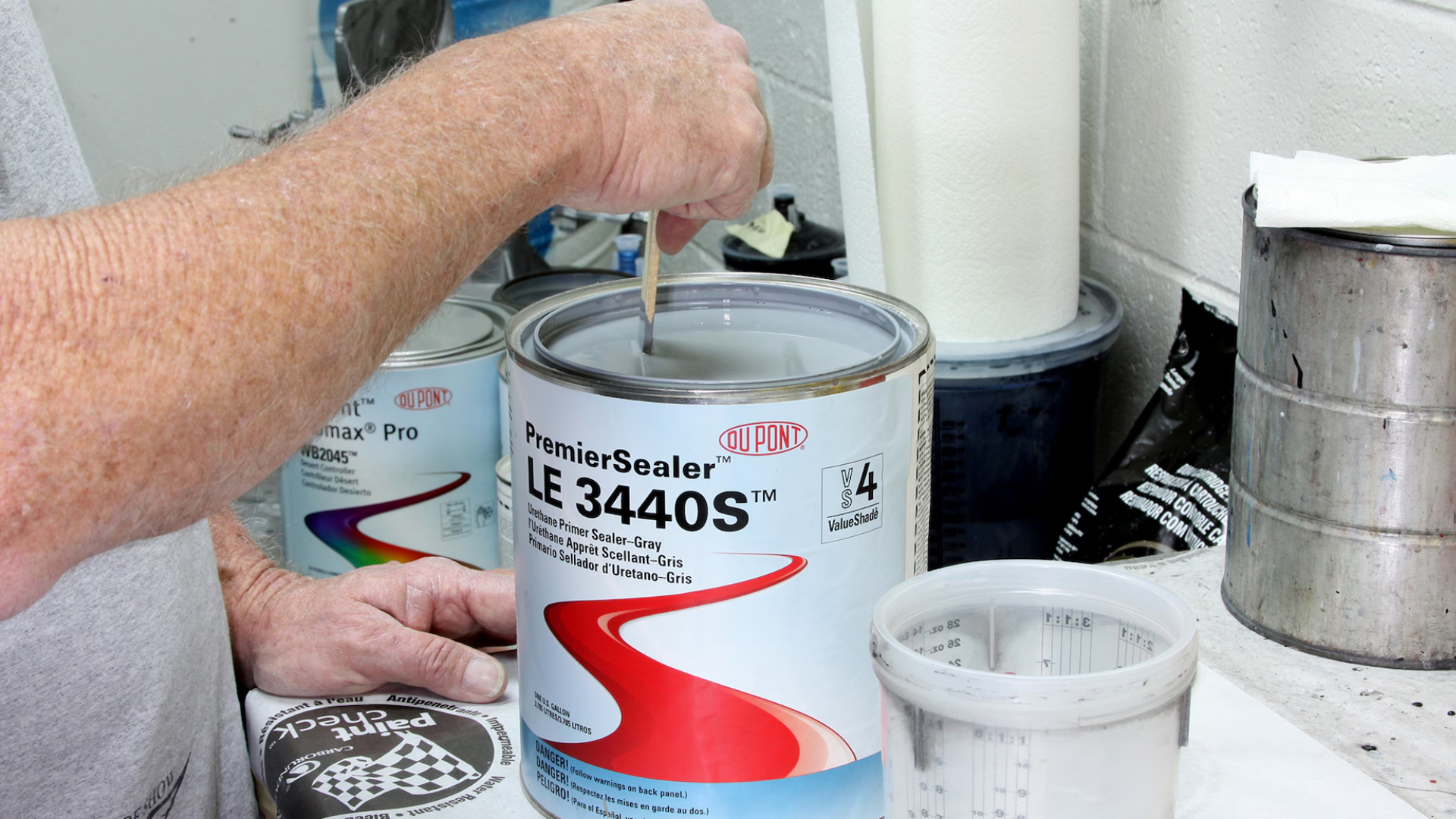
1. Choose the Right Substrate and Preparation
Surface prep makes or breaks your paint job. First, make sure the area is 100% clean and free of oils. Any dirt or grease will cause the paint to fail later. Remove all rust spots and sand the surface to the right texture.
Most waterborne systems work best with 800-grit final sanding. Be careful with cleaning products – if you use solvent cleaners, let them dry fully before painting. Water and solvent don’t mix well on your car’s surface.
2. Use Correct Equipment and Tools
Your tools matter just as much as your technique. Use only stainless steel spray guns to prevent rust from forming inside the gun. Regular guns will corrode quickly with water-based paints.
Always strain the paint through a 125-micron filter to catch any dried bits that could ruin your finish. Keep separate cleaning systems for water and solvent paints to avoid mixing the two. This prevents odd reactions that could damage your equipment.
3. Follow Ideal Application Techniques
Start with a light tack coat that covers about 80-85% of the surface. This creates a good base for later coats. Keep your gun at the same distance and speed throughout the job. Aim for a 75% overlap on each pass to ensure even coverage.
For metallic colors, add a third “effect” coat at a lower pressure and greater distance. This helps metal flakes align properly for the right shine. Spray from bottom to top on vertical panels to reduce dry spray problems.
4. Control the Drying Process Meticulously
Airflow is the key to success with waterborne paint. Use fans or venturi systems to keep air moving across freshly painted surfaces. This helps the water leave the paint faster. Watch for signs of proper drying – the surface should look uniformly matte before applying clear.
Humid days require extra drying time and more air movement. Never rush to clear coat before the base is fully dry, or you’ll get poor adhesion.
5. Final Steps for Smooth Appearance
Apply your clear coat in a clean, well-lit booth. Though the base is waterborne, most clear coats remain solvent-based. Apply a light tack coat of clear, then two full wet coats.
Allow proper flash time between coats as directed by the manufacturer. Let the clear cure fully – at least 24 hours – before any buffing or polishing work. This patience pays off with a lasting, glass-like finish that will make you proud.
Trusted Brands Making Waves with Waterborne Paints
1. Sherwin-Williams
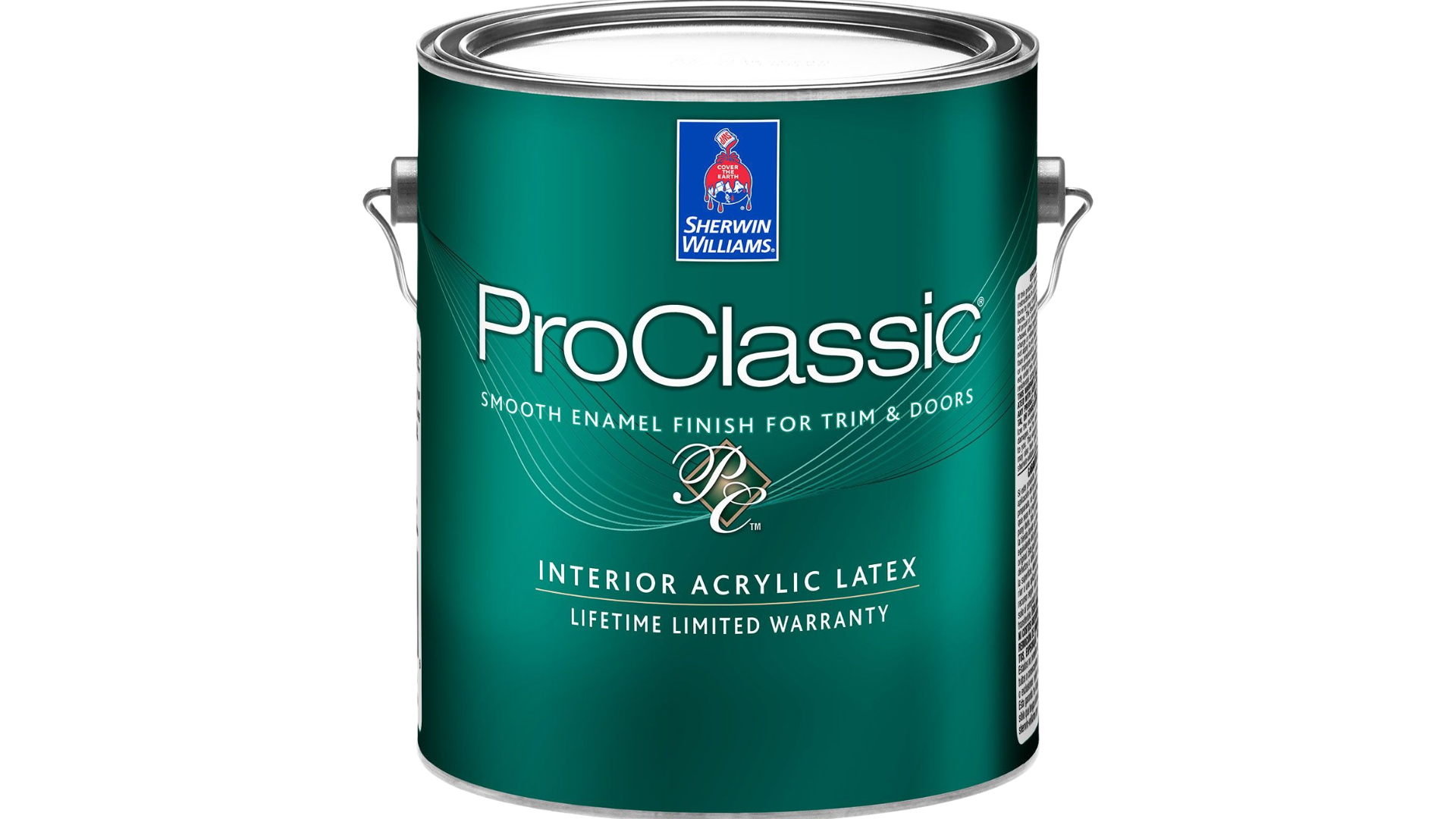
Sherwin-Williams offers top-tier waterborne lines, including Lacroma and Laqva systems. These products shine in both indoor and outdoor settings. The Lacroma line features fast-drying sealers and clear finishes that work well on pine, spruce, and birch.
Their Laqvin range stands out by passing tough tests in tropical climates and meeting EN standards for durability. Kitchen makers, furniture builders, and flooring companies trust these products for their consistent quality and finish options, from matte to glossy.
2. PPG
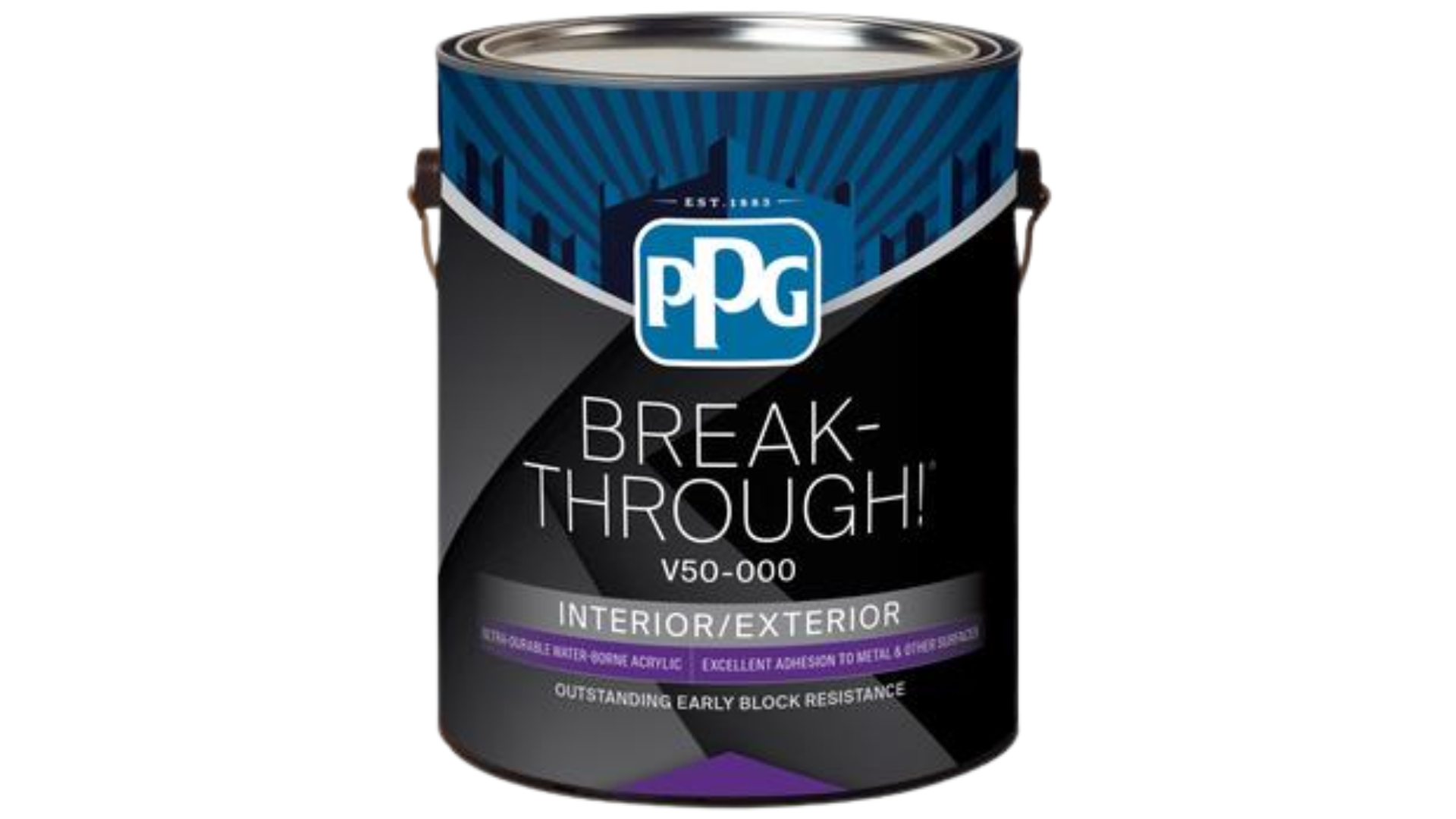
PPG focuses on high-tech waterborne solutions like their Aquacron™ Stain Resistant Clear Coat. This innovative product combines strong protection with anti-fingerprint features.
PPG’s waterborne paints typically contain VOC levels of 100-300g/L versus 700-900g/L in older products. These paints show better adhesion to different surfaces and work well in areas with strict rules.
Many electronic makers and aerospace firms choose PPG for their lasting finish and low health risks.
3. Axalta / Cromax Pro
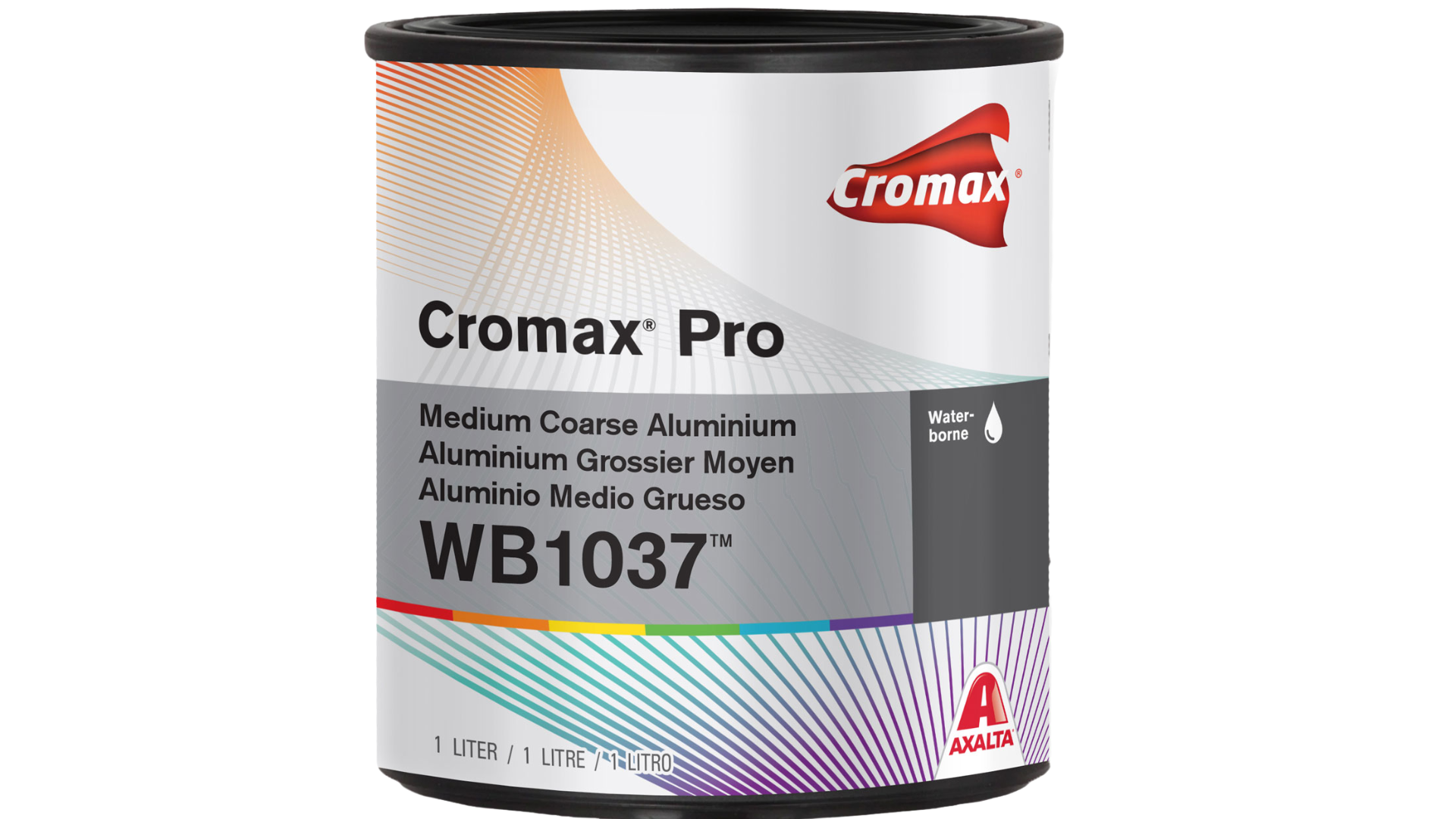
Axalta’s Cromax Pro system uses a wet-on-wet process that speeds up work. This third-generation waterborne paint has 20% solids content versus 15% in competing brands.
The higher solid level means less paint covers more area. Auto shops find that Cromax Pro creates bright colors with strong light retention. The system is OEM-approved, which matters for warranty work.
Many shops report using 1.5 coats instead of 3-4 coats with other paints, creating real cost savings.
4. Sikkens (Akzo Nobel)
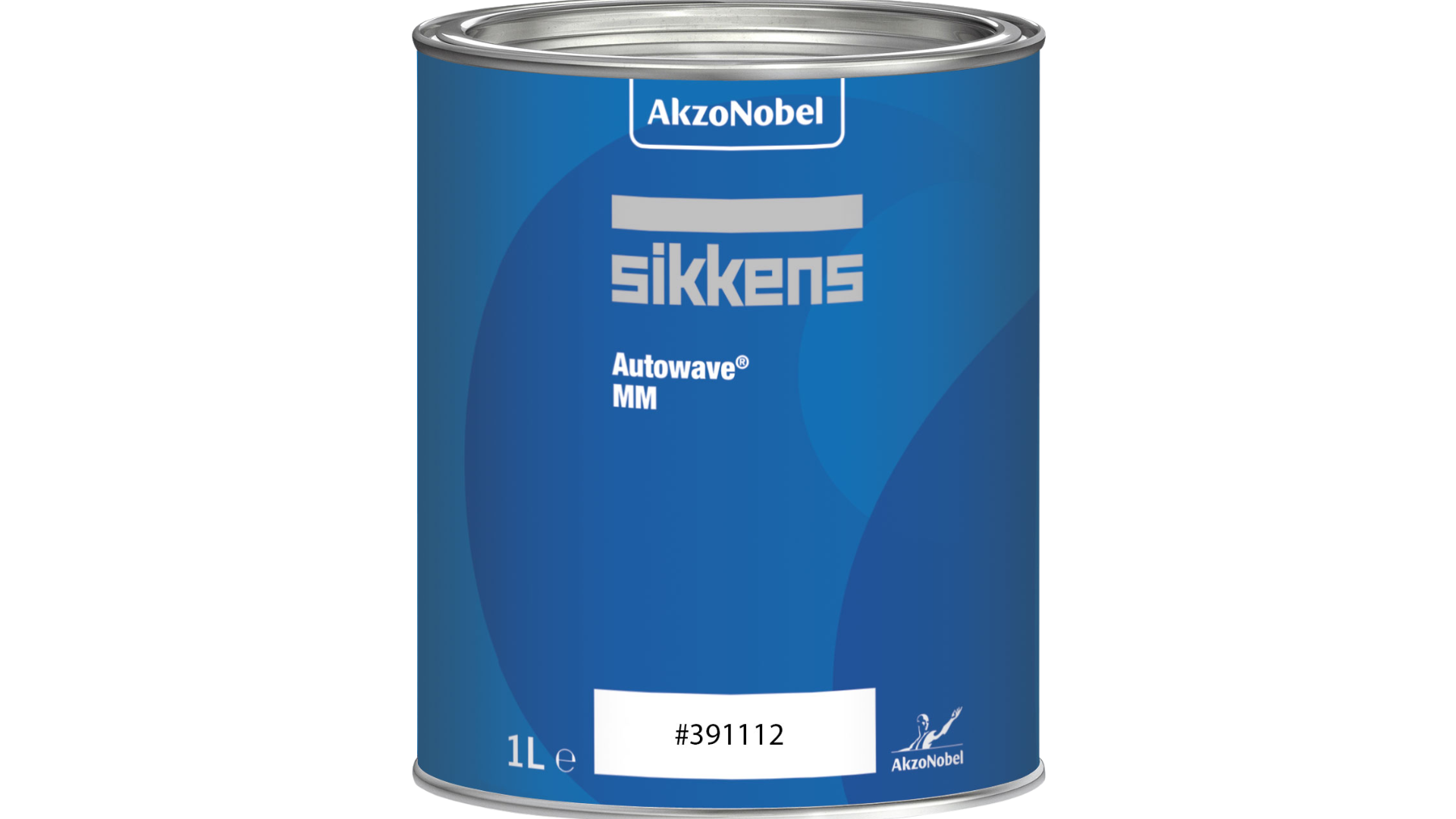
Sikkens by Akzo Nobel offers a wide color range that helps shops match virtually any shade. Their waterborne lines feature advanced toners that create perfect matches, even for tricky metallic and pearl finishes.
The system is known for its ease of use, making the switch from solvent paints smoother for shops. High-end refinishers trust Sikkens for custom work on luxury vehicles. Their products blend well and create soft, even color that looks factory-fresh.
5. Crown Coatings

Crown Coatings makes specialty waterborne paints for roads, parking lots, and industrial sites. Their 100% acrylic formulas, like Acryset and Acrymark, withstand heavy traffic and harsh weather.
Acrymark offers an eggshell finish that resists marks in high-use areas. These products meet strict Department of Transportation specs across multiple states.
Government agencies and commercial parking operators choose Crown for long-lasting lines that maintain visibility over time.
Alternate Finishing Strategies for Smooth Results
- Use Pre-Mixed Systems: Cromax Pro wet-on-wet application cuts flash time and speeds up total job time.
- Try Hybrid Coating Layers: Combine waterborne basecoats with traditional solvent primers and clears for better results.
- Add Air-Accelerated Drying Systems: Wall-mounted blowers or venturi systems move humid air away from fresh paint.
- Switch to UV-Curable Topcoats: These cure in minutes rather than hours, adding strength and faster turnaround.
- Consider Powder Coating: For metal parts facing tough outdoor conditions, powder coating offers better protection.
Waterborne Paint Mistakes That Ruin Your Finish
| Mistake | What Happens |
|---|---|
| Skipping Humidity Control | Results in uneven drying and adhesion issues |
| Applying Clear Coat Too Early | Traps moisture, leading to delamination |
| Incorrect Spray Gun Type | Rust or inconsistent atomization from non-stainless equipment |
| Improper Cleaning Methods | Using solvent-based or hard water cleaners damages equipment |
| Rushing Flash Times | Leads to hazing, streaks, and poor gloss retention |
Conclusion
Making the switch to waterborne paint offers real advantages for both professionals and DIY painters. These systems cut harmful emissions while delivering excellent color and durability.
Remember these key points: proper preparation creates the foundation for success, the right equipment makes application easier, and controlling airflow during drying is essential. Patience with flash times pays off with better results.
As regulations continue to tighten across more regions, waterborne paints will become the standard, not the exception.
The good news is that today’s formulations perform better than ever.
Ready to try waterborne paint yourself? Start with a small project, follow the guidelines we’ve covered, and you’ll likely find that this eco-friendly option exceeds your expectations in both looks and performance.

